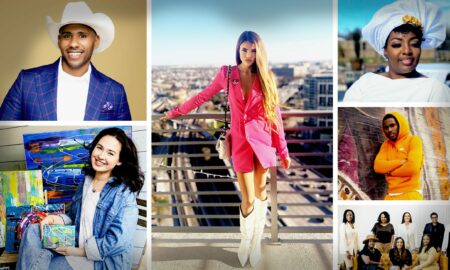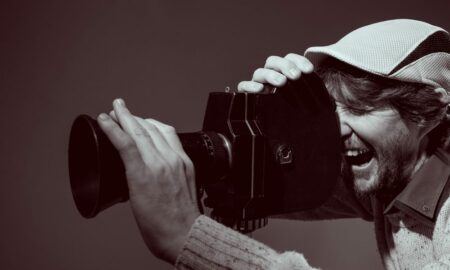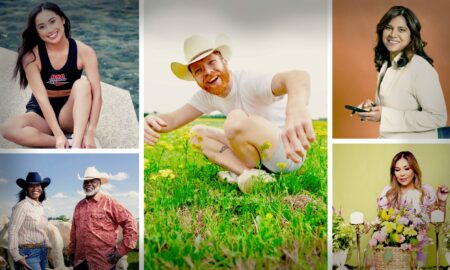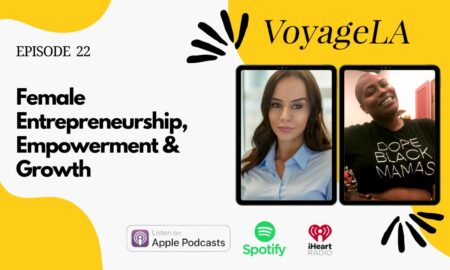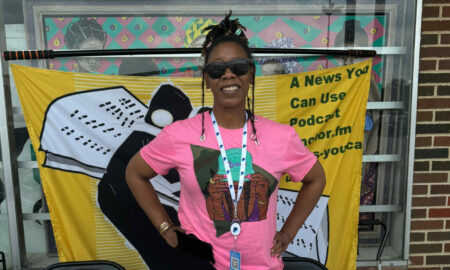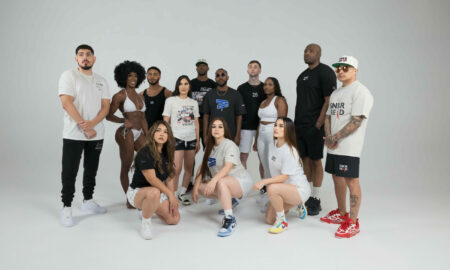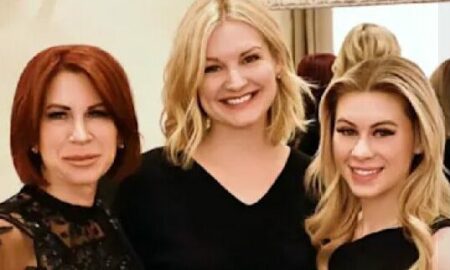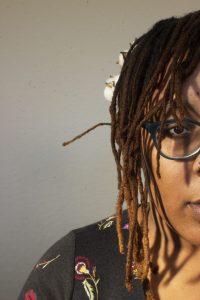
Today we’d like to introduce you to Theresa Newsome.
Theresa, let’s start with your story. We’d love to hear how you got started and how the journey has been so far.
At the beginning of my artistic career, I was most interested in exploring the concept of nature versus nurture and how one’s environment affects one’s identity and place within society. As an art and psychology major, I always found myself inspired by psychological concepts and wanted to illustrate these themes through photography or traditional media.
During my senior year of college, Mike Brown was murdered, unarmed by a police officer in cold blood, followed by several other unarmed black men which changed my perspective and place within the art world. I created a series of double exposure self-portraits, containing images from Ferguson and my brother, a teenager at the time.
I found myself looking more into social justice and black history, and wanting to conduct more research and bring more of these ideas into my work. When I got into graduate school, I shifted my work into more personal concepts, exploring my own racial identity, my history, and how historical events have impacted my place within society. I also began to be interested in how black culture was constructed in relation to U.S. history. I began recreating historical events including Jim Crow, the Fultz Quad sisters, and the American south.
Most recently, I have begun looking into my family history, looking into family archives, oral histories, and genetic testing to gain a better understanding of my family’s history which is frequently not discussed or recorded. I have also begun experimenting with fibers and installations, including quilting and more traditional craft based art forms to articulate my family’s history.
Overall, has it been relatively smooth? If not, what were some of the struggles along the way?
I wouldn’t consider my artistic journey smooth, but rather long with many obstacles and uncertainty. From a young age, I knew I wanted to be an artist, taking part in AP drawing and painting classes in high school. In college, I majored in studio art, getting my BFA with a concentration in drawing and minoring in psychology. After graduation, I looked into art therapy programs throughout the country, set on getting my Master’s in Art Therapy, specializing with children.
During this time I was taking a year off, working on expanding my portfolio for graduate school. It was there that I began taking photographs, having taken several photography classes in college. This was also the time where I became interested in race and my own racial identity. During graduate school, I decided to major in photography, having just become recently interested in photography during the last two years of undergrad. My main struggles of graduate school were finding my place not only within the institution but within the art world. I knew I wanted to be a photographer, but I was unsure of what I wanted to photograph and why.
What am I passionate about? Who is my audience? What am I making this work for, and who? Who cares and why should they? From there I met and networked with different people, gaining confidence in my work and ideas. My final year in graduate school, was a whirlwind, getting ready for graduation, finishing my thesis paper and creating the work for my MFA. Now finally after graduating, my most prominent struggle is WHAT AM I DOING NEXT. Apply for jobs, residencies, fellowships? Although this is a stressful time, I feel hopeful in my opportunities.
Please tell us more about your work.
I consider myself a photographer, who also experiments with other forms of media including fibers, installation, and painting. The overarching themes in my work revolve around African Diaspora, history, identity, and the construction of black culture. My most recent work also explores image appropriation and historical processes such as cyanotypes and Van Dyke printing. I believe my work depicts issues that are not frequently discussed in the Dallas art community, particularly issues of black womanhood and race.
If you had to go back in time and start over, would you have done anything differently?
I don’t believe I would necessarily change anything pertaining to my artistic journey and my work. I believe that I am in a prime time period for my work to be acknowledged and discussed regarding racism and racial issues. All of the hardships that I have experienced leading up to now have happened for a reason including academic hardships, mental issues, school choices, and creative blocks.
Contact Info:
- Website: theresanewsomephoto.com
- Email: theresanewsomeart@gmail.com
- Instagram: theresarochellphotography





 Image Credit:
Image Credit:
© Theresa Newsome
Suggest a story: VoyageDallas is built on recommendations from the community; it’s how we uncover hidden gems, so if you or someone you know deserves recognition please let us know here.

